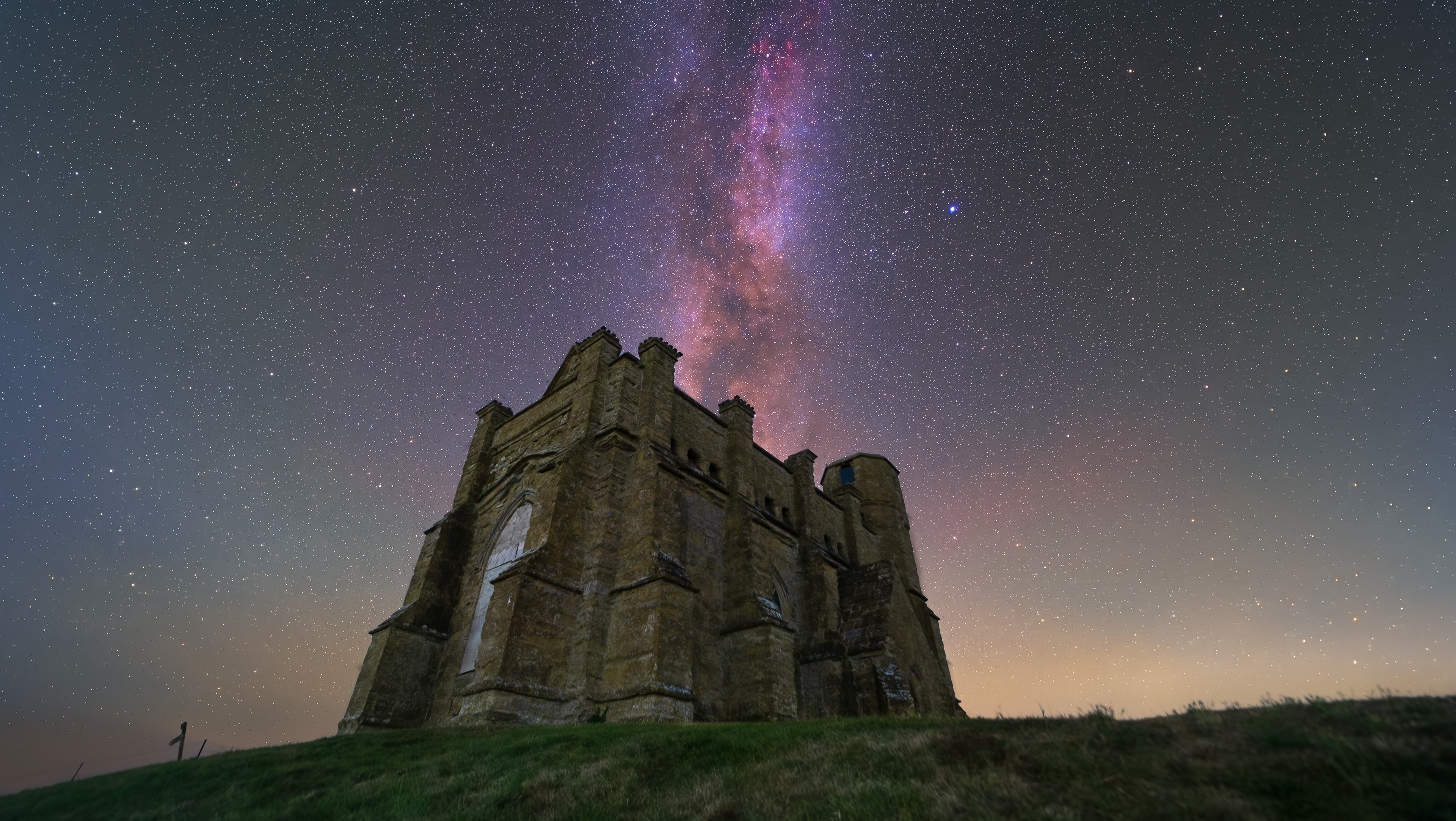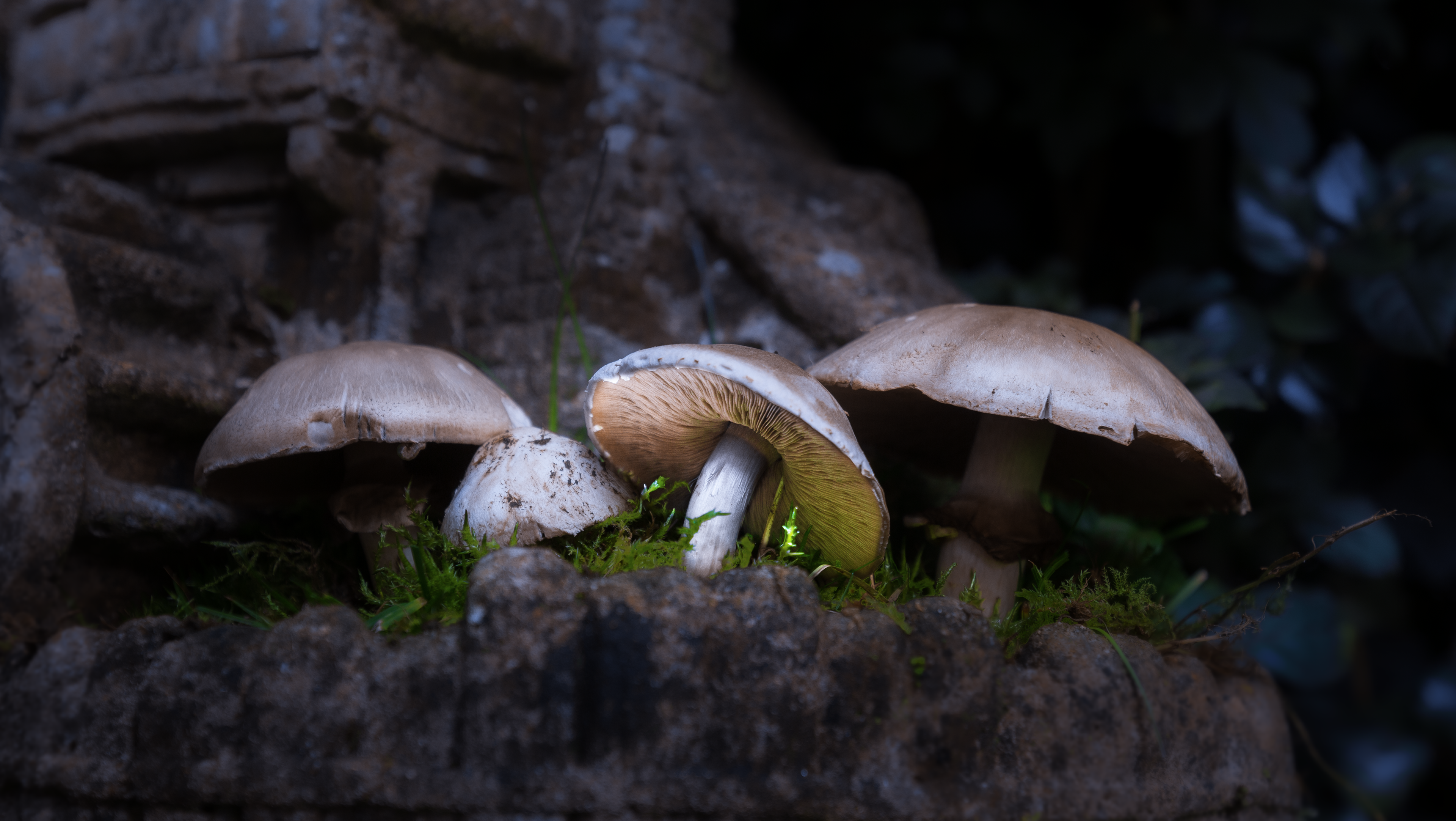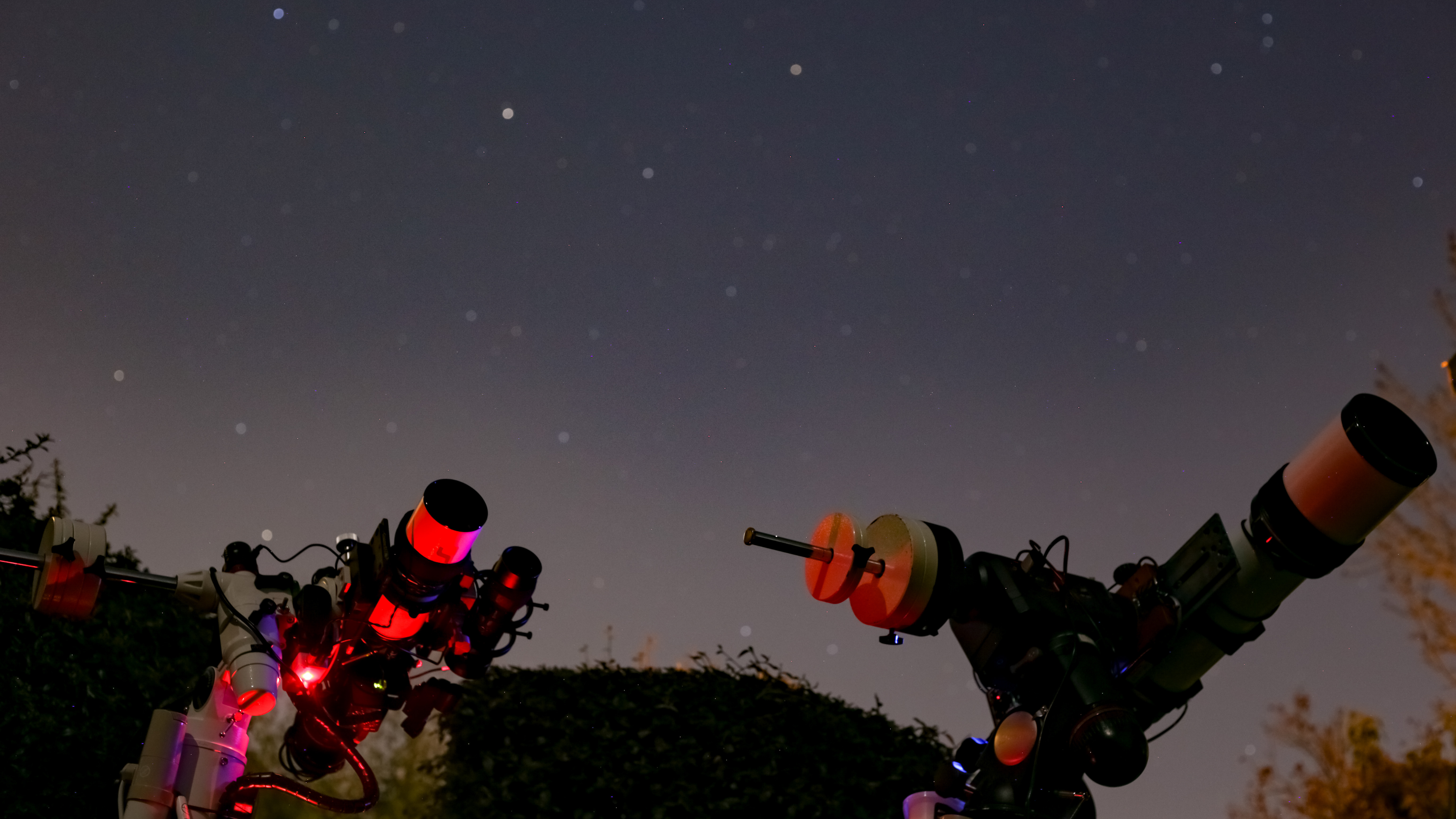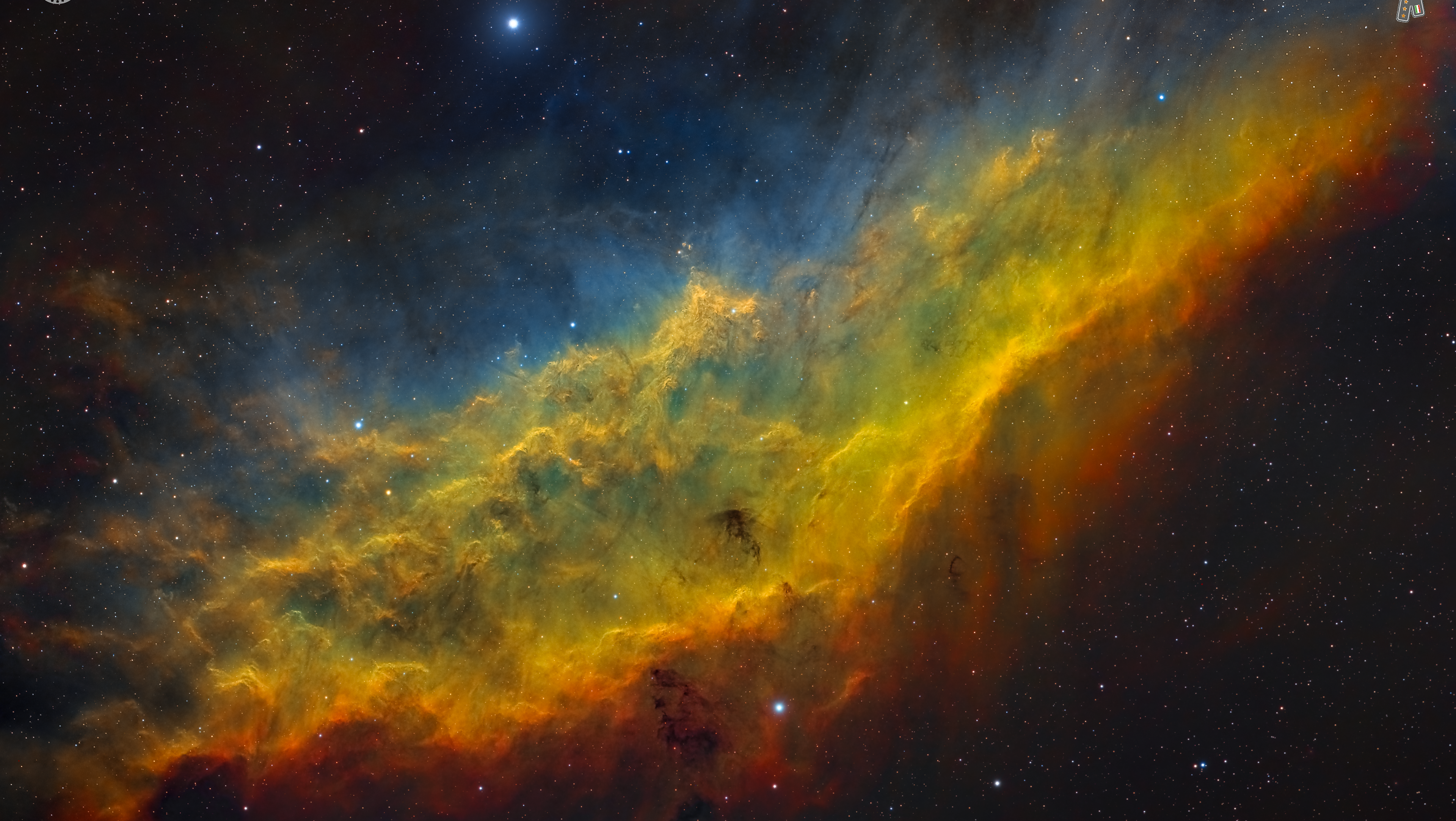C/2025 A6 (Lemmon)
A long-period, non-periodic comet discovered in January 2025, which is predicted to be visible to the naked eye under dark skies in late October and early November 2025, Comet C/2025 A6 (Lemmon) has been brightening more quickly than initially predicted, increasing optimism for a good viewing in the Northern Hemisphere.
It will make its closest approach to Earth on October 21, 2025, at a distance of 0.60 AU (about 90 million km or 56 million miles). and will be at Perihelion (closest approach to the sun) on November 8, 2025.
The comet has already become an active binocular target and may become bright enough for naked-eye visibility under dark skies.
Primarily for Northern Hemisphere observers, it will spend much of October near the Big Dipper. It will transition from a pre-dawn object in early October to an evening object by mid-October.
It last visited the inner solar system around the 7th century AD, approximately 1,350 years ago.
Equipment used:
Mounts: StellarDrive GT6, Dark Frame hypertuned EQ6
Modified Sky-Watcher Explorer 200p (Baader Diamond Steeltrack focuser), Orion Optics CT8
2 x Aplanatic coma corrector
ASI294MM Pro Cmos camera, cooled at - 15°C
QHY268M Pro Cmos camera, cooled at - 10°C
8x1.25" ZWO USB filterwheel
QHYCCD QHYCCD CFW3M-US 36mm filterwheel
Chroma 1.25" 3nm LRGB filters
Antlia 36mm LRGB filters
2 x ZWO ASI290m Mini guide cameras
ZWO OAG
QHYCCD OAG-M
Qhyccd Polemaster
Software used:
Eqmod, SGP - Sequence Generator Pro, PHD2, Stellarium, SharpCap for polar alignment
Date 09.10.2025
Location:
Hemel Hempstead, Hertfordshire, bortle 5
Frames:
Antlia V-Pro Blue 36 mm: 5×120″(10′)
Antlia V-Pro Green 36 mm: 5×120″(10′)
Antlia V-Pro Luminance 36 mm: 10×120″(20′)
Antlia V-Pro Red 36 mm: 2×120″(4′)
Chroma Blue 1.25": 4×60″(4′)
Chroma Green 1.25": 10×60″(10′)
Chroma Lum 1.25": 17×60″(17′)
Chroma Red 1.25": 10×60″(10′)
Total integration time: 1h 25′
Date 29.09.2025
Location:
Hemel Hempstead, Hertfordshire, bortle 5
Frames:
Antlia V-Pro Blue 36 mm: 11×60″(11′)
Antlia V-Pro Green 36 mm: 11×60″(11′)
Antlia V-Pro Luminance 36 mm: 23×60″(23′)
Antlia V-Pro Red 36 mm: 11×60″(11′)
Chroma Blue 1.25": 7×120″(14′)
Chroma Green 1.25": 8×120″(16′)
Chroma Lum 1.25": 15×120″(30′)
Chroma Red 1.25": 8×120″(16′)
Total integration time: 2h 12′
Stacked and calibrated in AstroPixel Processor and processed in Pixinsight (with help from Blur Xterminator, Star Xterminator and Noise Xterminator) and Photoshop CC 2025
______________________________________________________________________________________________________________________________
The 2023 ‘green comet’ is now visible from Earth for the first time in 50,000 years
C/2022 E3 (ZTF) is a long period comet from the Oort cloud that was discovered by the Zwicky Transient Facility on 2 March 2022. The comet has a bright green glow around its nucleus which is due to the effect of sunlight on its molecules, especially diatomic carbon and cyanogen.
The comet reached its perihelion on 12 January 2023, at a distance of 1.11 AU (166 million km; 103 million mi) and the closest approach to Earth will be on 1 February 2023, at a distance of 0.28 AU (42 million km; 26 million mi). The comet got brighter than magnitude 6 and is dimly visible with the naked eye as a small diffuse smudge under dark enough sky, but most viewers will need binoculars.
Equipment used:
Mount: Dark Frame hypertuned EQ6
Telescope: TS65Q quadruplet Apo refractor
#QHY294M Pro Cmos camera, cooled at - 10°C
#QHYCCD QHYCCD CFW3M-US 36mm filterwheel
#antlia 36mm 3nm Ha filter
#antlia 36mm LRGB filters
Qhyccd QHY5L-IIM guide camera
Qhyccd Polemaster
Software used:
Eqmod, SGP - Sequence Generator Pro, PHD2, Stellarium with stellariumScope, SharpCap for polar alignment
Date: 23.01.2023
Location: Hemel Hempstead, bortle 5
Antlia V-Pro Blue 36 mm: 15×120″(30′)
Antlia V-Pro Green 36 mm: 15×120″(30′
Antlia V-Pro Luminance 36 mm: 40×120″(1h 20′)
Antlia V-Pro Red 36 mm: 14×120″(28′)
Total Integration:
2h 48′
Stacked in AstroPixel Processor and processed in Pixinsight, with the help of Noise and Star Xterminator, and Photoshop CC 2023
______________________________________________________________________________________________________________________________
______________________________________________________________________________________________________________________________
______________________________________________________________________________________________________________________________
24.01.2021 Waxing gibbous moon
Distance 400,649 Km
Illumination 77.9%
Age 10.8 days
______________________________________________________________________________________________________________________________
______________________________________________________________________________________________________________________________
Single 5 sec ISO800 exposure
Equipment used:
TS65 quadruplet imaging telescope
Astromodified Canon 600D
Eq3 Pro mount
______________________________________________________________________________________________________________________________



